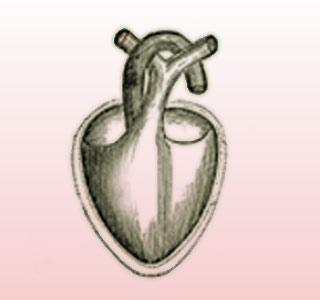
The subclavian approach was believed to have been used on more than 70 patients in the CoreValve Extended Evaluation Registry study. Evidently, these patients were around 81.4 years old on an average. It was further stated that seemingly the CoreValve system permits the conduction of a catheter-based implant through the femoral artery.
John Liddicoat, MD, vice president and general manager of the CardioVascular Structural Heart division at Medtronic, says that, “The combination of unique valve design and controlled deliverability have contributed to the tremendous success of the Medtronic CoreValve system using the femoral approach. These new data suggest that a subclavian artery approach could address yet another under-served patient population. We are committed to gather the necessary clinical experience and evidence to support the routine use of a subclavian approach in those for whom a femoral approach is not possible.â€
Such implants are stated to take place through the peripheral blood vessel; however this may not be the case for all the patients. Since some may have restricted peripheral blood arteries, the femoral approach may not be used on them.
However, having said this it was also noted that the device’s delivery system could possibly permit an optional route of undergoing the implant, i.e., through the subclavian artery which is located below the collar bone.
A 100 percent procedural success was evidently observed in the study. It was further verified that a 24 hour survival rate was 100 percent, while one month’s survival rate was about 89 percent. The findings also showed an improvement in the heart failure symptoms observed in the patients.
This data was apparently presented at the PCR interventional cardiology meeting in Barcelona.
